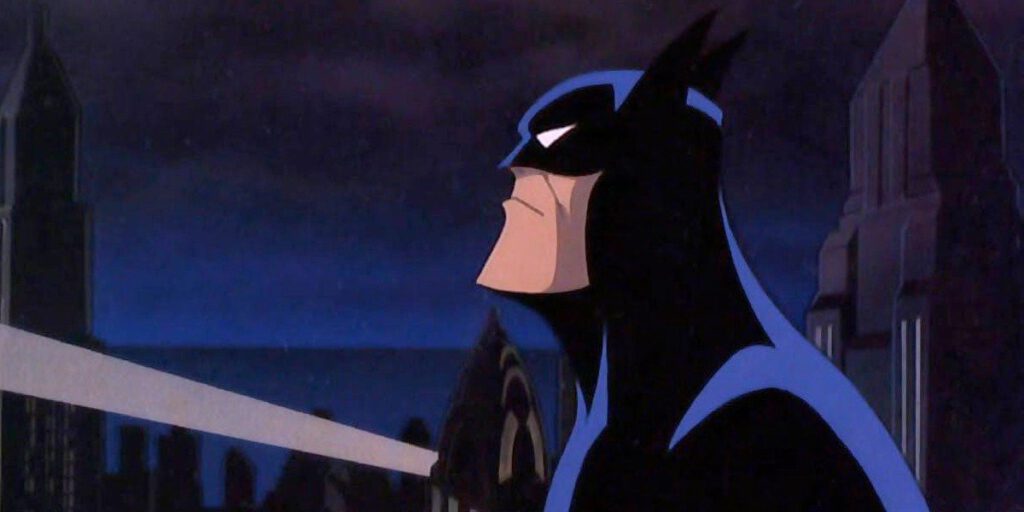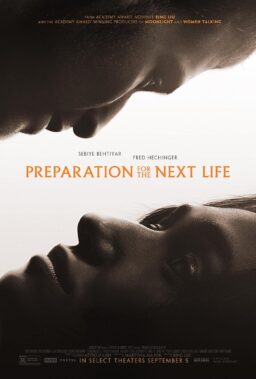Before “Batman: The Animated Series,” superhero cartoons for children generally meant things like Filmation’s various Superfriends series. These shows tended to be indifferently designed, stiffly animated, with professional if uninspired voice work. They were meant to fill Saturday mornings in between commercials for cereal and toys.
“Batman: The Animated Series” came out swinging in 1992 with sumptuously painted backgrounds and title cards that positioned the show in an Art-Deco 1940s netherworld. On top of that, a revolving door of notable guest voices, along with the terrific work the regular cast was doing, brought some of DC Comics’ most venerable characters to startling life. The series’ voice and casting director Andrea Romano was able to regularly snag TV veterans, character actors who split their time between movies and the stage, and names you wouldn’t typically think of for voice work on a kid’s show. Romano’s cast of voices regularly turned in exceptional work. So much so that in discussing these actors careers, it would be remiss to not discuss their work on this series too.
Perhaps the most notable talent you wouldn’t expect from a show like this is Mark Hamill as The Joker. Best known for the clean-cut heroism of Luke Skywalker, Hamill’s Joker was an early fan favorite. A last-minute replacement for Tim Curry (who would go on to voice characters on this series and Disney’s similarly excellent “Gargoyles”), Hamill’s vocal performance is a malevolent force of nature that never forgets the pathetic absurdity at the root of the character. The live action movies go to increasing pains to present The Joker as a dangerous, profoundly evil explosion of pure Id. But because “Batman: The Animated Series” is a cartoon show for children, it becomes clear that this Joker is dangerous because he’s also a big ridiculous buffoon, a clown who commits circus-themed crimes using the remarkable number of abandoned amusement parks and toy factories Gotham has lying around. Hamill voices him to the hilt, full of show business brio that turns on a dime to vindictive cruelty. He’s unpredictable, the very best thing a Joker can be.

“Batman: The Animated Series” was unusually sympathetic to its rogues gallery, especially in Bruce/Batman’s on-again, off-again romance with Selina Kyle aka Catwoman. Adrienne Barbeau brought an arch but warm knowingness to her Selina. A socialite by day, jewel thief by night in this version of the character, she’s a great match with Bruce/Batman. There’s a gives a frisson to their inability to be together, due to his refusing to look the other way on her criminal activities. Barbeau’s line readings have a longing in them, and her scenes with Batman always involve Kevin Conroy dropping his Batman voice from its intimidating gruffness into something more human, more capable of being wounded by the one person he wants but cannot have.
That kind of sympathy extended to minor villains, who were so transformed by this series they often were introduced back into the comics with their new backstories. Clayface was a third-tier villain who, depending on the continuity, was either a B-movie actor who put on a monster suit or a treasure hunter who found a special pool that gave him shapeshifting powers. But in “The Animated Series” he was an actor disfigured in a car accident, who hides damage thanks to a miraculous skin cream with terrible side effects. He ends up falling into a vat of the stuff and in the way of comic book stories becomes Clayface, a being that can shape itself into any form, human or inhuman. Ron Perlman turns in terrific work as the doomed man, desperation cracking his voice as he begs for the thing that saved his career, knowing it’s also the thing slowly ruining his life. Post transformation Perlman lets loose with malevolent cackles in deciding to reject the scraps of humanity left in him.

“Batman: The Animated Series” regularly got that kind of interesting work out of its guest stars. Roddy McDowall was pathetic neediness turned Nice Guy sociopathy as the Mad Hatter; Paul Williams was a fun dandy as The Penguin; Richard Moll was a terrific Two-Face. A rare multi-episode arc had Two-Face slide from glad-handing DA on the rise to the chimeric gangster who decides everything by the toss of a coin.
But perhaps the best guest performance belongs to a former Batman, Adam West, in one of the series’ highlights, “Beware the Gray Ghost.” It’s a meta-textual bit of storytelling with West playing the star of a crime-fighting TV series who has since fallen into total obscurity and is on the verge of complete destitution. One of the children who grew up watching his adventures was Bruce Wayne. Their paths intersect when someone begins committing crimes based on old Gray Ghost episodes. Bruce finds his childhood hero has grown into a bitter old man, resentful of being unable to escape the shadow of an iconic role.
West is marvelous as the old man. Weary, wary, his anger finally turns to acceptance when he realizes he can help put an end to some real world terror. Like so many of the voice talents who passed through “The Animated Series,” West rewarded the attention paid to every other aspect of the series with some of their best work. Thanks to West’s talent among others, “Batman: The Animated Series” was more than an impressive flipbook of concept art but a TV series with a heart and soul.












